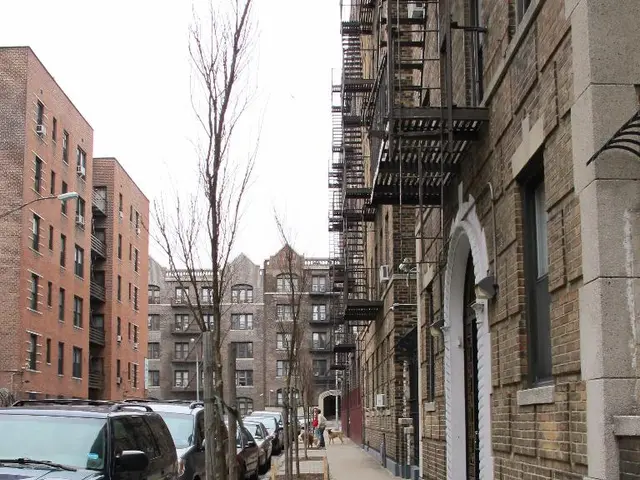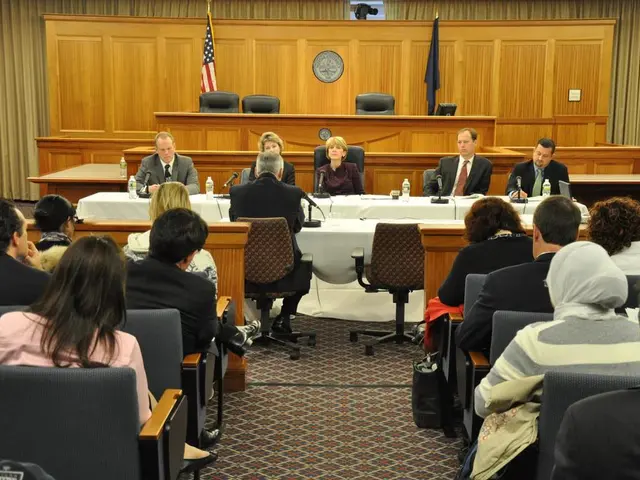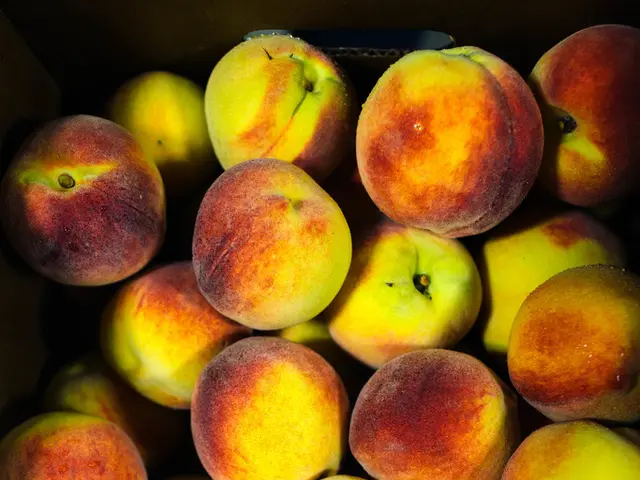Bachelor's degree students shell out an average of 1.6 million rubles over a span of four years.
Student spending habits at top universities in Moscow and St. Petersburg have been under the microscope with Central University's recent study, in collaboration with T-Data, an analytical project of T-Bank. This groundbreaking research delved into the financial behavior, actual expenditure levels, and consumer habits of students from the top 20 universities in these two cities over a five-year period (2019-2024).
Over the 2023/24 academic year, the average student's monthly spend was around 33,000 rubles, representing an increase of 18% compared to two years prior. With four years of undergraduate study, a student's total expenses averaged approximately 1.6 million rubles, and for two years of graduate study, it's around 1.1 million rubles.
Interestingly, the Moscow State Institute of International Relations (MGIMO) topped the spending charts, with monthly expenditures reaching 49,900 rubles. MFYuA and HSE students followed suit with monthly budgets of 43,100 rubles and 42,700 rubles, respectively. Meanwhile, students from technical and medical universities had lower-than-average budgets, such as Moscow Institute of Physics and Technology (MIPT) with 26,600 rubles, Moscow Institute of Electronics and Mathematics (MIEM) with 26,500 rubles, and Russian National Research Medical University (RNRMU) with 25,700 rubles.
More than a third (33%) of a student's budget goes towards food. Interestingly, during fall and spring months, students prefer eating out over buying groceries (30% vs. 27%). The Moscow State Law University named after O.E. Kutafin leads the pack in spending on cafes and restaurants, accounting for 21% of their budget.
Clothing and footwear stores snatch up to 7% of a student's budget. Future educators from Moscow Pedagogical State University (MPGU) are the most frequent online shoppers, with online purchases making up 11% of their expenditure. MGIMO students, on the other hand, spend the least on supermarkets and marketplaces, allocating only 11% and 4% of their budget to these categories, respectively.
Transportation expenses are another significant expense for students, with taxis accounting for around 7% of MGIMO University students' total expenses. Public transport costs are highest among students at St. Petersburg State University, totalling up to 5%.
First-year students (17-18 years old) tend to spend an average of 25,000 to 30,000 rubles per month, but their expenses increase by 11-13% each subsequent year, reaching 50,000 rubles by the final year of their undergraduate degree. The difference in the budgets of first-year and older students varies depending on the university, with MIPT students witnessing the most significant increase (2.3 times), followed by MGIMO students (1.6 times).
Student expenses show a clear seasonal variation, with peak spending during the summer months (up to 107,000 rubles in June, July, and August 2024) and the lowest expenses at the beginning of the academic year (an average of 91,500 rubles from September to November).
When contemplating the cost of living in Moscow and St. Petersburg, it's essential to account for factors such as accommodation (university dormitories can be competitive to secure), hidden costs (registration fees, health insurance, etc.), and lifestyle adjustments (e.g., adapting to the higher cost of living in these cities). For more precise cost breakdowns tailored to specific universities, it would be advisable to reach out to the universities directly or consult with current students.
Personal-finance management is crucial for students at top universities in Moscow and St. Petersburg, given the rising costs of education-and-self-development over a four-year undergraduate period, with a student's total expenses averaging approximately 1.6 million rubles. Additionally, understanding the breakdown of expenses, such as 33% allocated towards food, is vital for budgeting and financial planning.







